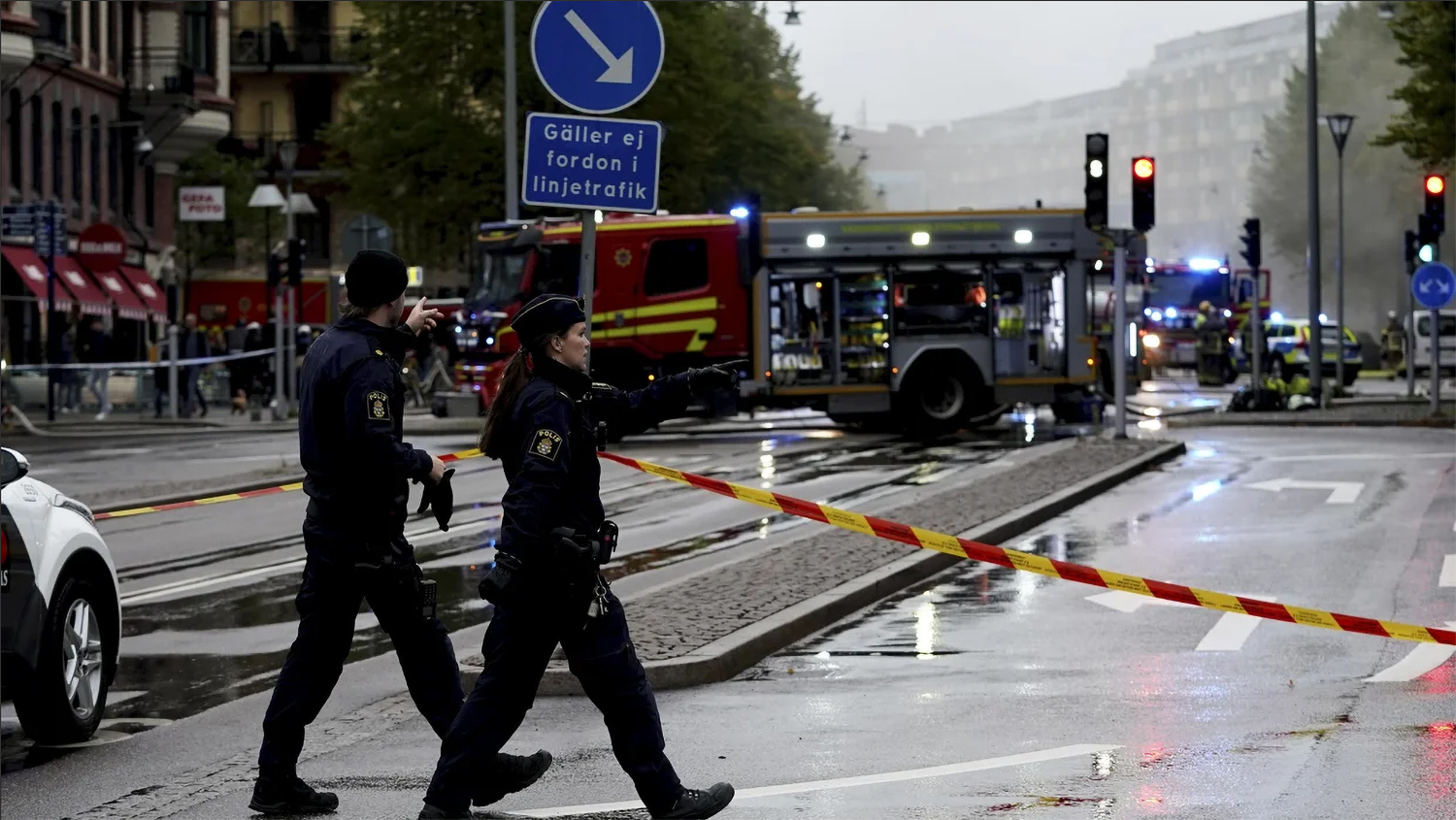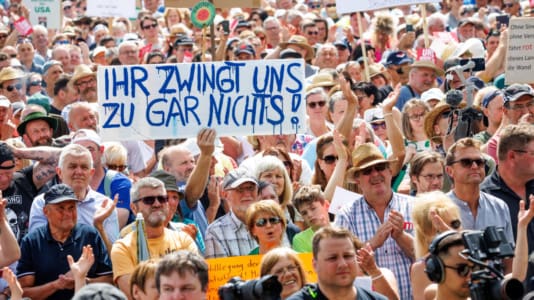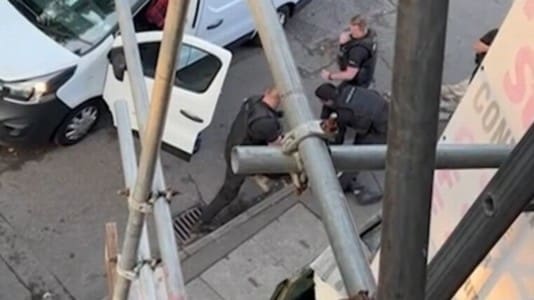While the European Union wants to force mandatory migrant quotas on member states, in Sweden, the activities of criminal groups linked to Middle Eastern and African migrants are becoming increasingly brutal. In the Scandinavian capital, seven people were shot dead in a single day over the weekend, the victims and perpetrators are all believed to be criminals with a migrant background, but the media is keeping remarkably quiet about most of these shootings.
A total of seven people were shot dead in Stockholm and its immediate environs in a single day over the weekend; one young man in Jordbro on Friday evening; two in Solna; and two 15-year-old boys, a 65-year-old woman and a 45-year-old man at Farsta metro station late on Saturday. One of the 15-year-old boys died at the scene, and the middle-aged man died from his injuries in the hospital on Monday morning. The incidents come amid a growing wave of violence in recent years, the vast majority of which has been linked to migrant gangs from various backgrounds, with the country breaking record after record for shootings.
[pp id=14718]
The first two incidents were only reported briefly in the Swedish press, due to their “routine” nature — there have been nearly 160 shootings in the country so far this year — but the third has provoked a major response. The shooting massacre at a metro station on the outskirts of Stockholm, with at least 21 shots fired from automatic weapons, was hard for the press to ignore.
Minister of Justice Gunnar Strömmer visited the scene on Sunday, where he met with relatives of the victims. The ministry leader was quite sharp at the scene.
“Sweden is in an extremely serious situation,” Strömmer said, referring to the rising wave of violence in recent months.
[pp id=61261]
“The police found 21 empty cartridges, which means 21 shots were fired. It could have been worse. I would have to say it is domestic terrorism,” Strömmer said. Prime Minister Ulf Kristersson also commented on the massacre on his social media page, calling the past few days another dark weekend. He has also promised measures such as heavier sentences for the shooters, and the long-rumored visitation prohibition zones, where some criminals would not be allowed to return to the neighborhoods they were previously linked to after serving their sentences.
At the same time, Kristersson’s medium-long, emotional post lacks the exploration of cause-and-effect relationships, indicating that the practically unlimited immigration he supports can be connected, to put it mildly, to the ever-increasing crime wave.
[pp id=35287]
But not only is the former left-wing prime minister silent about this, but also practically the entire media dominated by the left. The fact that the victim of the showdown is a 15-year-old boy with a migration background is — as usual — discreetly silenced, even though it is quite clear. On the one hand, it can be seen in Sunday’s public TV report that the mourners have a Middle Eastern appearance (for example, crying women in hijabs), and on the other hand, Farsta is included in the list of 61 “vulnerable neighborhoods,” a politically correct designation to describe Sweden’s violent migrant districts. What these neighborhoods have in common is that they are overwhelmingly inhabited by immigrants of low socio-economic status, where parallel social structures have developed, where criminal gangs “hold” the population, and where shootings are on the rise.
The former, left-wing Social Democratic prime minister, Magdalena Andersson, also posted. She wrote that she was as shocked as she was offended by the shooting in Farsta and that the wave of violence is a threat to the entire Swedish society that must be stopped. Her party in recent years has practically only talked about the need to curb gang crime, and yet, the number of accepted migrants increased under their rule.
[pp id=40833]
A report on Sunday revealed that a 12-year-old witness was also spoken to by a reporter from the Swedish public media, who, when asked if he was shocked by what he saw, answered, “Not so much,” because it was not the first time he had been near a shooting.
Shocking, but unfortunately the data backs up the routine nature of these shootings in Sweden. Twenty years ago, armed crime was practically unknown in Sweden, while this year there were 159 shootings in five months, in which 53 people were injured and 20 died. A month ago, the national police captain appeared in front of the press to sound the alarm. According to Anders Thonberg, in the past year, the gangs have increased by about 1,000 members.
These already large criminal groups recruit three new members every day, and in addition, younger and younger children. Presumably, the 15-year-old boy who was killed on Saturday and the wounded man of the same age were also gang members who were dealt with by a competing gang, and the two older victims were in the wrong place at the wrong time.
[pp id=61302]
A recent study shows that every 20th Swedish resident lives in a vulnerable neighborhood. Although 61 such neighborhoods registered by the police are located in 23 districts (municipalities), the research of Malmö University professor Tapio Salonen revealed that the number of districts with residential areas facing significant socio-economic challenges is more than three times that number: 74. This shows that the segregation problem in Sweden is no longer a specific big city phenomenon, but is impacting the whole of Sweden, affecting 10,000 small towns as well.
Now, under a new EU mandatory migrant relocation scheme, the EU wants to bring Sweden to countries like Hungary and Poland, which have long rejected mass immigration. Will such countries soon feature random everyday shootings? Time will only tell, but if the EU has its way, the answer is a resounding “yes.”






